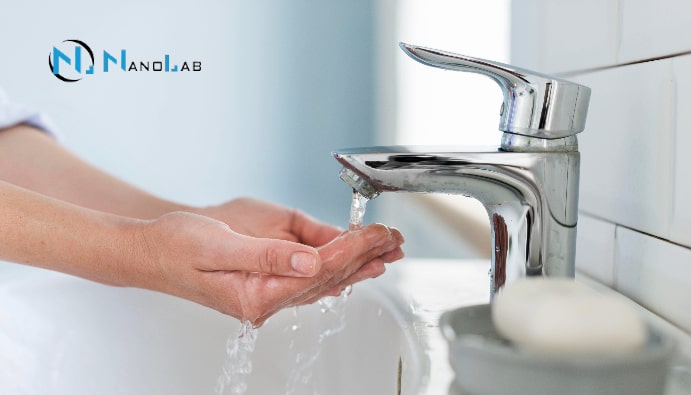Determination of Epichloridine in Water: Control Test
Why Determination of Epichloridine?

What is Epichloridine?
Epichloridine is among the chlorinated organic compounds and is generally used in pesticides and chemical production processes. Epichloridine with the formula C3H5ClO, pesticides and pesticides, some industrial solvents are known as areas of use. Toxic and potentially carcinogenic effects. It can cause water pollution.
What are the Methods for Determination of Epichloridine in Water?
- Gas Chromatography (GC): Epichloridine in the sample is transferred to the gas phase and measured by separation in gas chromatography. It provides high sensitivity and accuracy. Measures even at low concentrations.
- Initiated Desorption (Solid Phase Microextraction - SPME): Epichloridine in water is adsorbed by SPME fiber and then analyzed by gas chromatography.
- Liquid-Liquid Extraction (LLE): Epichloridine in water is extracted with a suitable organic solvent. Provides high efficiency. Effective in heavy pollutants.
- Headspace Gas Chromatography (HS-GC): Epichloridine in the vapor phase in water is measured by gas chromatography.
Analysis Process and Standards
- Sampling: Proper collection of water samples is critical to ensure reliable results from these analyses. Samples should be clean and uncontaminated.
- Sample Preparation: Preliminary preparation such as liquid extraction is performed.
- Method of Analysis: Gas chromatography (GC) and HPLC are the standard methods used to accurately quantify epichlorhydrin. These methods are performed in accordance with international standards and guidelines.
- Limitation Values: The water quality standard for epichlorhydrin is generally set at a maximum of 0.1 mg/L in water supplies.
Why is Determination of Epichlorhydrin in Water Necessary?
- Environmental Impact: When epichlorhydrin enters water bodies, it can degrade water quality and cause toxic effects for organisms in aquatic ecosystems.
- Human Health: The presence of this chemical in water sources poses serious risks to human health. Water used for purposes such as drinking water and irrigation water should not contain epichlorhydrin.
- Legal and Regulatory Requirements: The identification of contaminants such as epichlorhydrin in the aquatic environment is necessary to comply with environmental and national regulations.
In conclusion, the determination of epichlorhydrin in water is a critical process for water safety and environmental sustainability. Quantifying the presence of these chemicals in the water environment ensures the protection of water resources and minimizes risks to human health. Regular monitoring and control of water resources helps to prevent environmental pollution and comply with environmental regulations.
Nanolab Laboratories Group continues to provide services within the scope of Determination of Epichloridine in Water. We also provide services in Pool Water Analysis.
Contact us for more information.
You can follow us on LinkedIn for up-to-date news and posts about our services.
Follow our Instagram account to be informed about our latest blog posts.

